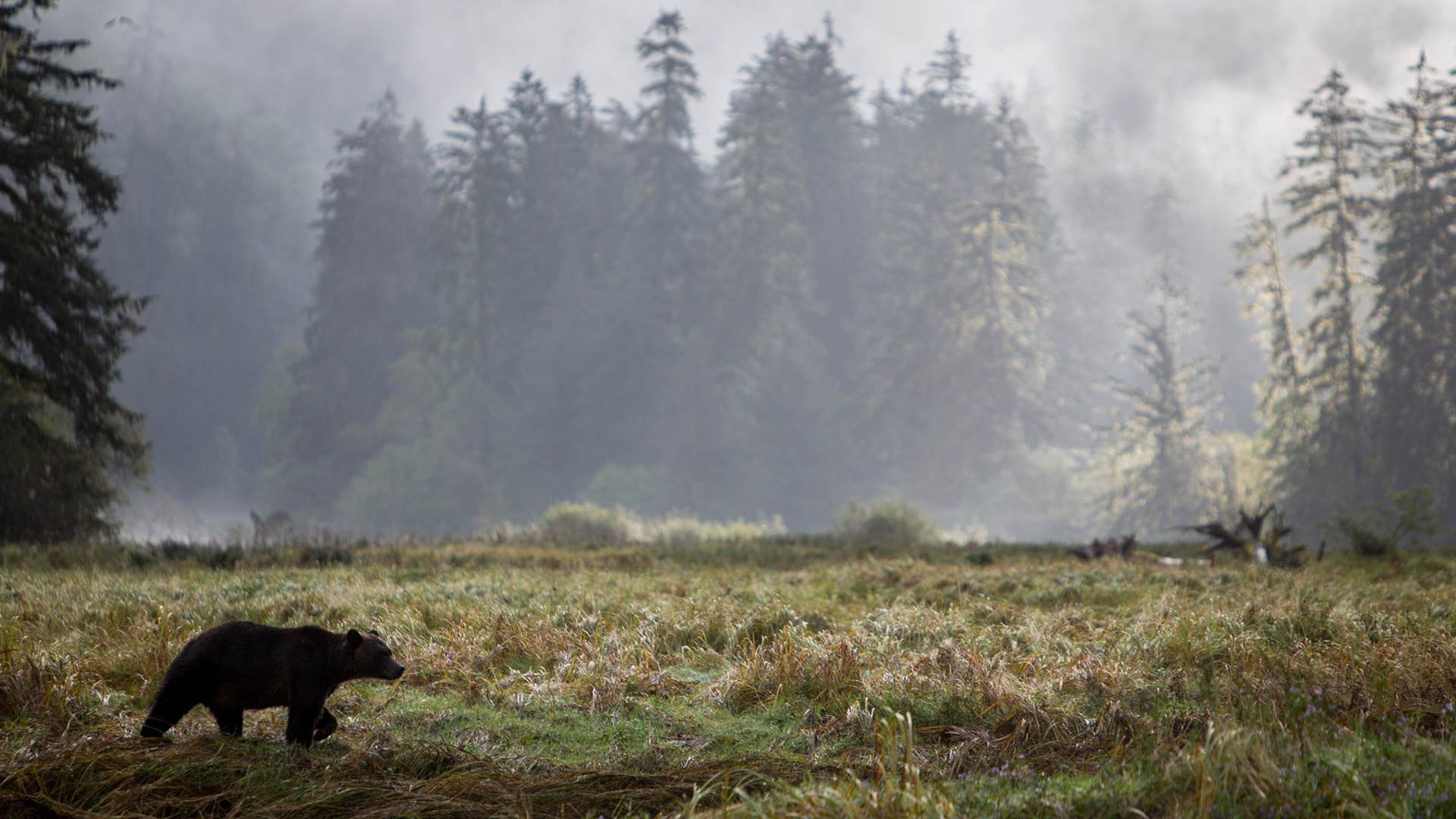Welcome to the untamed wilderness of Southeast Alaska, where every summer, a breathtaking phenomenon takes place—the wild Pacific salmon migration. As the glaciers recede and the days grow longer, these resilient fish embark on a journey that not only sustains their own existence but also orchestrates a dramatic gathering of wildlife along the region’s streams.
Join us as we delve into the enchanting world of Southeast Alaska’s summer salmon migration and explore the rich diversity of creatures that depend on this natural spectacle.

The Migration
Salmon, the iconic denizens of Alaska’s waterways, form the very lifeblood of the region’s streams. Every summer, five species of salmon make their way upstream to the freshwater breeding grounds of Southeast Alaska: Chinook, sockeye, coho, pink, and chum. After years in the open ocean, these remarkable fish navigate hundreds of miles to their natal streams. Researchers are still working to discover the exact mechanism by which this happens but it is likely linked to the sense of smell and imprinting.
Along their journey, the fish undergo intense physiological transformations as they prepare to spawn and males compete fiercely for the attention of females. While they move from the marine environment to the freshwater environment, they begin to change from shimmery silver to vibrant reds, greens, and purples. Their bodies begin to deteriorate from the physical exertion of a hundreds-mile-long migration. Males grow hooked jaws and large teeth to use in competition with each other. Put simply, they are unrecognizable from their earlier ocean phase once they reach the forest streams.

The Arrival
Once the salmon begin to arrive in Southeast Alaska’s streams, the surrounding forests awaken with activity. Bald eagles, the charismatic symbol of the American wilderness, gather in large numbers, focused on the abundant feast gathering in the streams below. In some places, their numbers reach the highest density anywhere in the world as the eagles vie for prime perches along the riverbanks and eagerly compete for the salmon bounty.
Bears, the true kings of the Alaskan wilderness, emerge from hibernation, drawn by the promise of a plentiful food source to replenish the energy stores they lost through months of hibernation. For brown bears, the nutrient-rich salmon can sometimes fuel an astounding growth of 4 pounds per day over the course of the summer season. There is nothing quite like watching these apex predators exhibit their strength and agility, deftly stalking the streams and snatching salmon from the rushing waters.

The Circle of Life
Amidst the commotion, a delicate interplay unfolds. As these terrestrial and aerial predators continue to hunt, they drag the carcasses of spawned-out salmon along the river banks, providing a vital source of nutrients to the surrounding ecosystem and transferring nutrients from the ocean environment to the terrestrial. Decomposing salmon enriches the soil, fueling the growth of the surrounding Sitka spruce and Western hemlock. Studies have even shown that trees near salmon streams grow significantly taller and healthier than those next to normal streams.
Soon, smaller carnivores, such as otters and mink, join the feast, gorging themselves on what remains from the bears and eagles. Meanwhile, gulls, ravens, and other opportunistic bird species make their presence known, feasting on the scraps and leftovers, ensuring that nothing goes to waste. The lush vegetation of the temperate rainforest that benefits from the salmon also sustains an array of organisms, from insects to fungi to microorganisms. All around is a flurry of life that has come because of the salmon.
The summer salmon migration in Southeast Alaska is more than a mere biological event—it is a synchronized display of nature’s interconnectivity. From the mighty bears to the soaring eagles, and the myriad creatures in between, each entity plays a vital role in the temperate rainforest of Southeast Alaska. And at the center of it all are the five Pacific Salmon.




